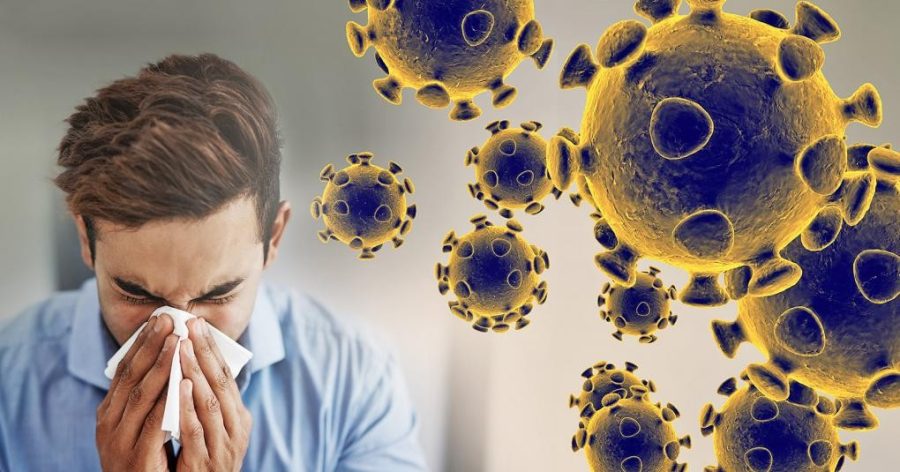Schools across the country are in the midst of deciding whether to stick with online classes or transition to in-person instruction. After recent blunders that happened at other universities this past week, bringing students back has proven to be a difficult task that requires throughout planning and execution from every party involved.
As of Aug. 20, there have been nearly 6 million confirmed cases of the coronavirus in the United States, according to The New York Times. With all that has happened this year, confusion and misinformation have been all too widespread. Here are 10 different pieces of fact and fiction about COVID-19, the disease caused by SARS-CoV-2, the novel coronavirus strain.
1. Heat is an effective killer of the coronavirus.
FICTION: If you’re from Arizona, it has probably been easy to tell this virus is by no means thermophobic. July, one of the hottest months, had a very high number of COVID-19 cases and deaths, both across the state of Arizona and the rest of the country.
Of the total number of COVID-19 cases in Arizona since January, 55% of the total number of cases up until that point — 95,343 — came in July alone.
Interestingly enough, July was one of the hottest months on record for Phoenix, Ariz. The city’s average temperature, which combines the high and low temps for each day, ended up at 99.0°F, shattering the previous record of 98.3°F set back in July 2009 and August 2011, according to ABC.
2. The coronavirus can spread via aerosol droplets.
FACT: As long as the World Health Organization refused to admit this piece of evidence, it is now more clear that COVID-19 can spread via aerosol transmission. A study published in the New England Journal of Medicine stated “the [SARS-CoV-2] virus can remain viable and infectious in aerosols for hours.” This study, along with others, has proven that aerosol transmission of the virus is a viable threat to people’s safety.
RELATED: Round one: Cracking some common myths about COVID-19
3. COVID-19 is caused by bacteria.
FICTION: The coronavirus, as its name implies, is definitely not a bacteria, but rather a highly transmissible virus. This is why taking antibiotics to treat COVID-19 is rendered ineffective.
Although earlier on in the pandemic, some people believed that COVID-19 arose from the popular Mexican beer, scientists and others have found absolutely no relationship. The crown-like spikes on the surface of the virus that are visible through a microscope on the surface of the virus give it the name “corona,” meaning halo.
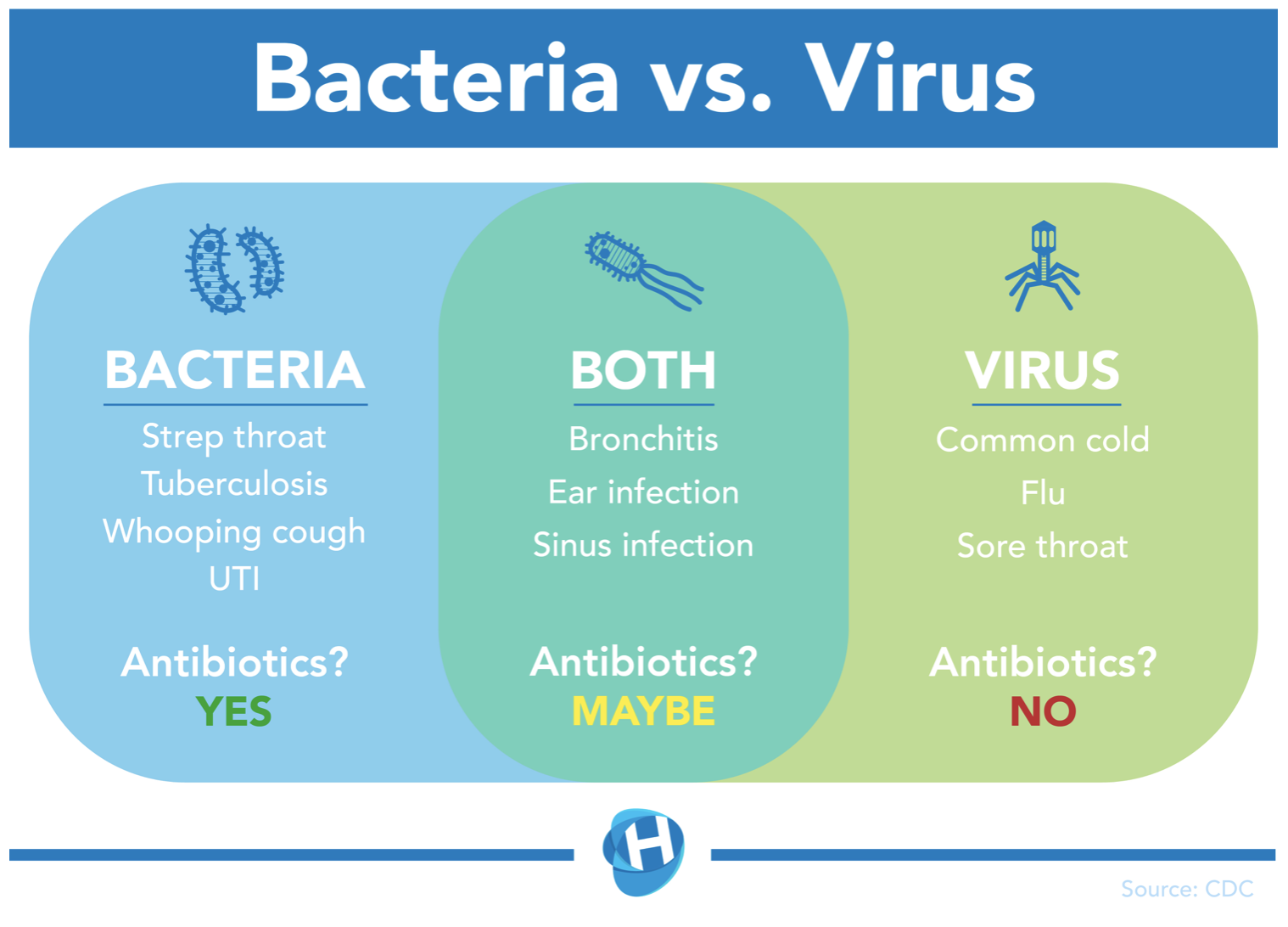
Source: CDC
4. Currently, there is no vaccine for COVID-19.
FACT: As of Aug. 20, there is no vaccine against the novel coronavirus. However, experts across the nation are working on creating one. For example, Moderna released results from its second phase of vaccine trials in mid-July.
The study consisted of 45 subjects, aged 18-55 who were considered to be healthy individuals. They received two vaccinations that were 28 days apart, and after the second dose, all 45 of the participants were shown to produce neutralizing antibodies.
5. Wearing a mask can help curb the transmission of the virus, especially in community settings.
FACT: Arguably one of the greatest weapons we have against this pandemic is the widespread use of masks and other face coverings in public. Although the Centers for Disease Control and Prevention warns against wearing masks with vents or valves, surgical masks — among other types — have been proven to prevent transmission of the virus.
“Masks are recommended as a simple barrier to help prevent respiratory droplets from traveling into the air and onto other people when the person wearing the mask coughs, sneezes, talks, or raises their voice,” the agency said.
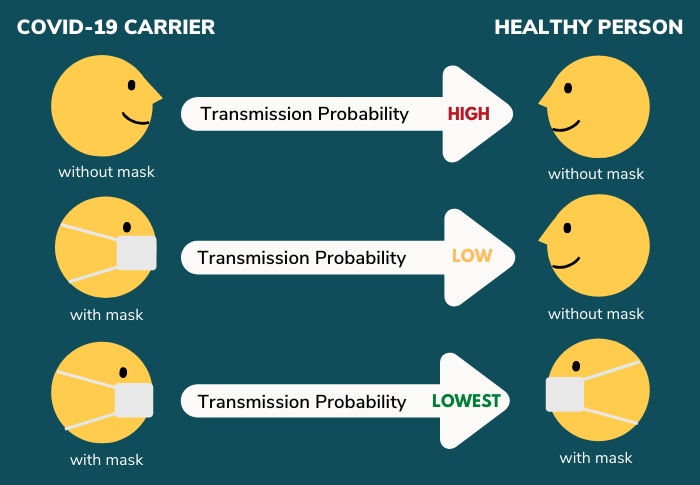
Graphic source: East Alabama Medical Center (https://www.eamc.org/news-and-media/why-is-wearing-a-mask-important)
6. The coronavirus can spread via 5G mobile networks.
FICTION: Read that sentence again. I hope this one was a freebie question, but unfortunately, misinformation is all too widespread. COVID-19 is spread through three major ways: respiratory droplets, contaminated surfaces and aerosol droplets. I highly doubt 5G mobile networks are going to be added to that list at any point during this pandemic.
RELATED: What’s in a good coronavirus test, accuracy or speed? It depends…
7. People of all ages can become infected with the coronavirus.
FACT: People of all ages are at risk of getting COVID-19; however, similar to most other infections, older people — the portion of our population typically with the weakest immune systems — are more susceptible to death after being infected with the coronavirus. However, college students and those who are younger are still at risk of being infected, and even dying, from the coronavirus, just at much lower odds.
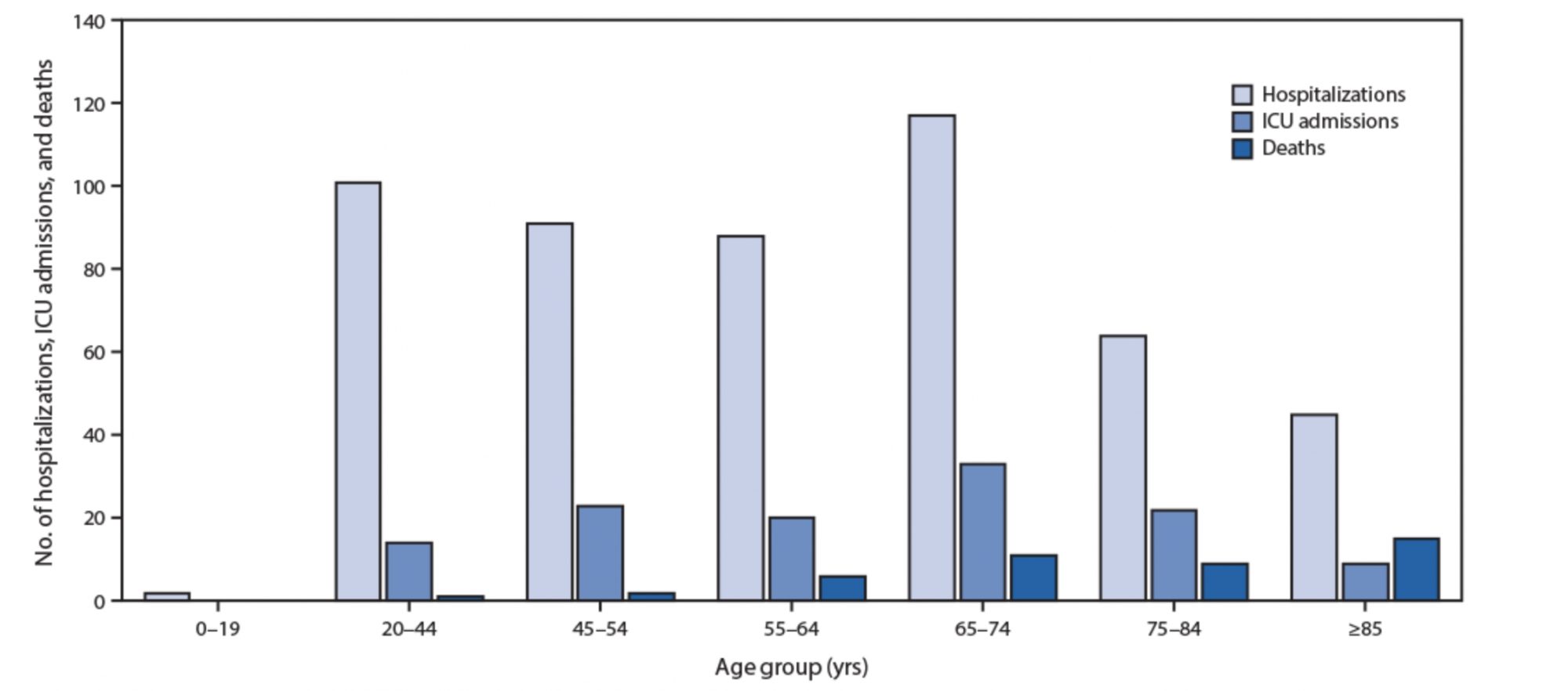
Source: CDC
8. Drinking alcohol does not protect you from COVID-19.
FACT: After 44 people died in Iran from binge drinking in hopes of trying to cure the coronavirus, the WHO issued a statement recommending people do not use alcohol consumption as a means to prevent the coronavirus. Put the bottle away, it’s never worth it.
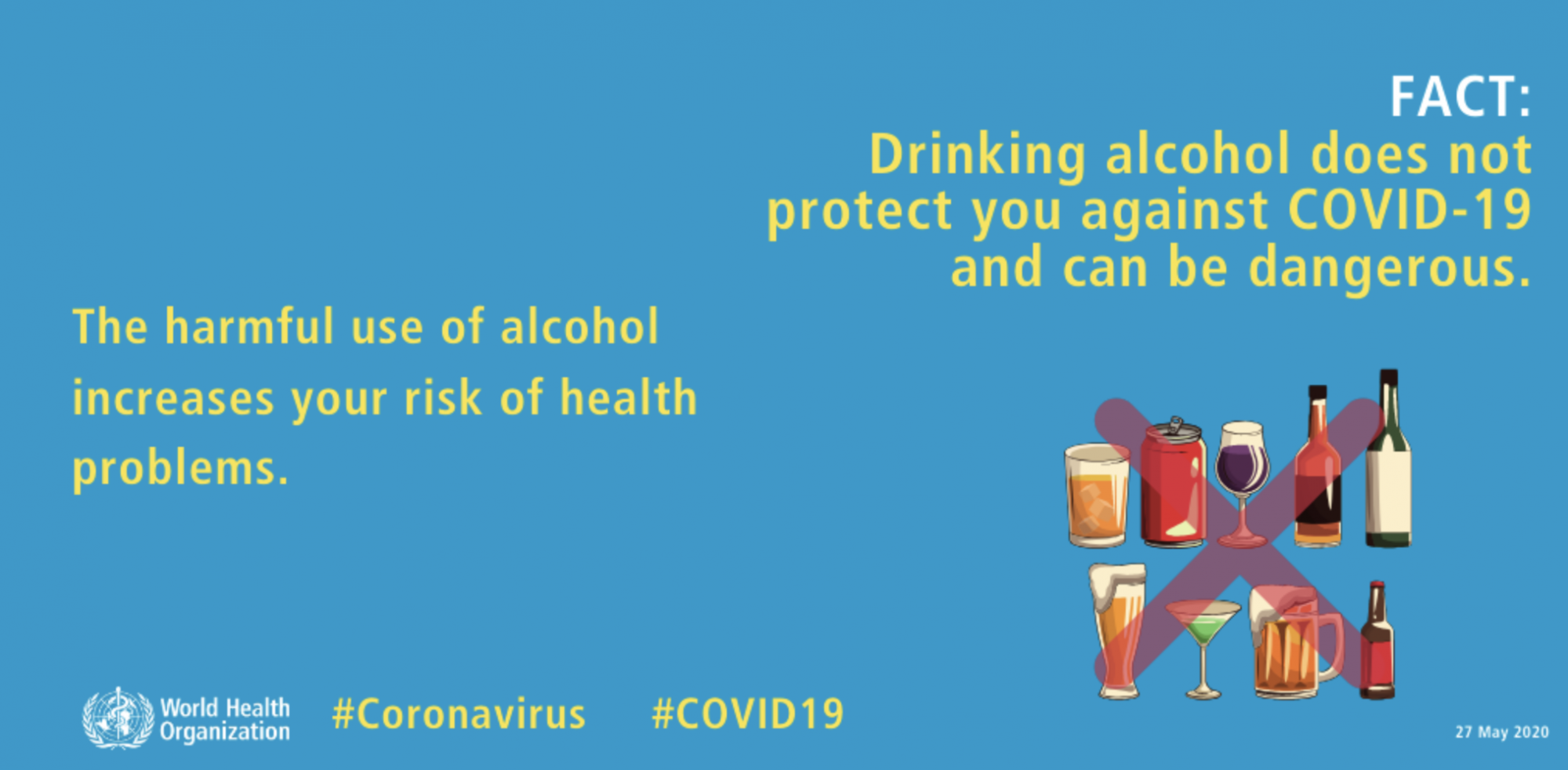
Graphic source: the WHO
9. Shortness of breath is one of the hallmark symptoms of COVID-19.
FACT: When the SARS-CoV-2 virus reaches the lungs, the sacs that are responsible for gas exchange, called alveoli, become damaged, making it significantly harder to exchange oxygen for carbon dioxide in the blood that will circulate around the body and supply your organs. This is what causes shortness of breath in patients who have the disease.
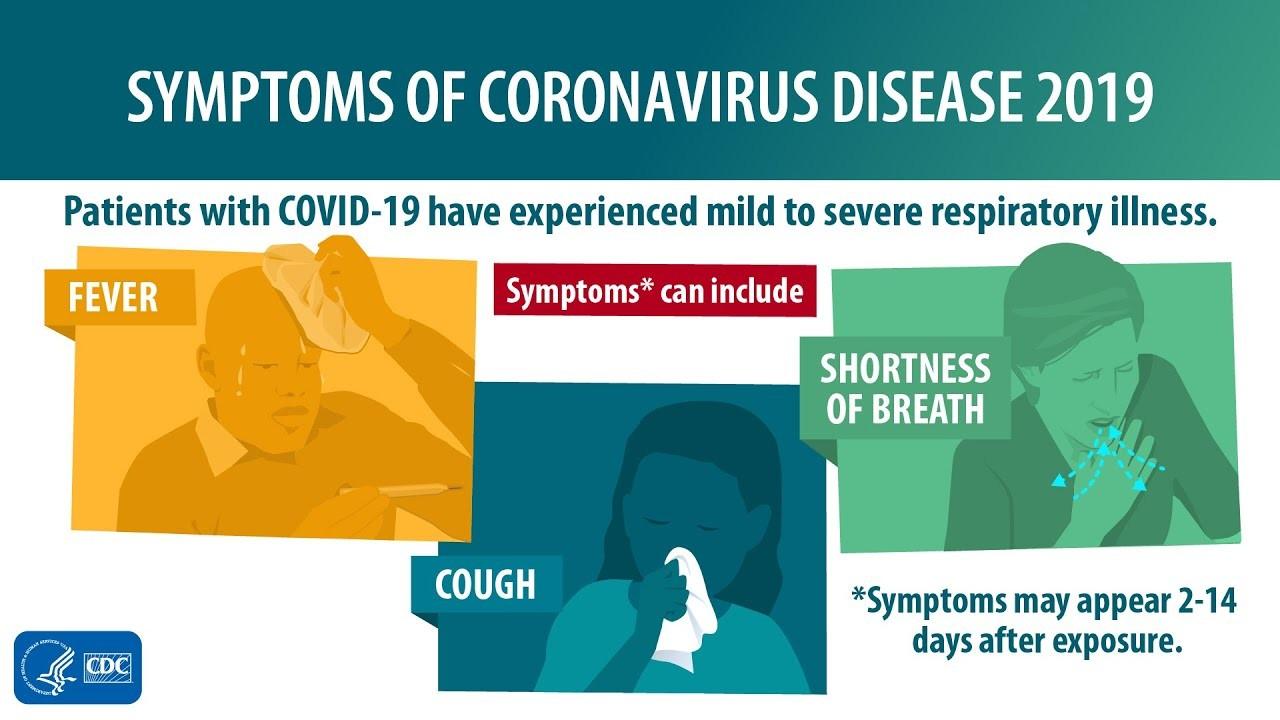
Source: CDC
10. Ingesting bleach can help cure COVID-19.
FICTION: I hate that these types of warnings have to be issued by government agencies, but please do not ingest any bleach. A report from the CDC in June said that some Americans are misusing cleaning products in an effort to kill the coronavirus. For the sake of your life, never ingest bleach, whether it’s an effort to cure COVID-19 or any other disease. Save the bleach for your fabrics and stains.
Follow Amit Syal on Twitter



